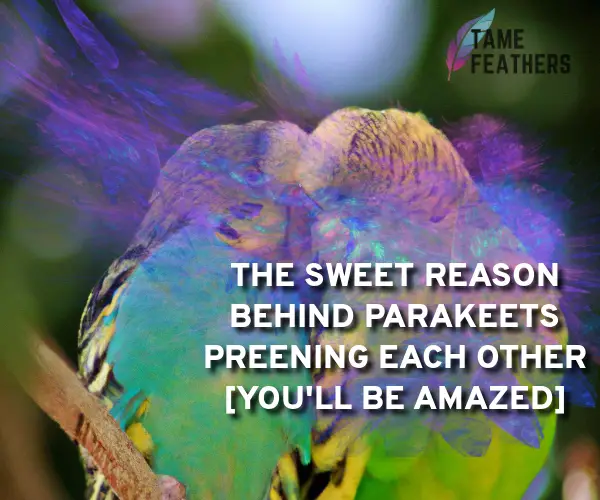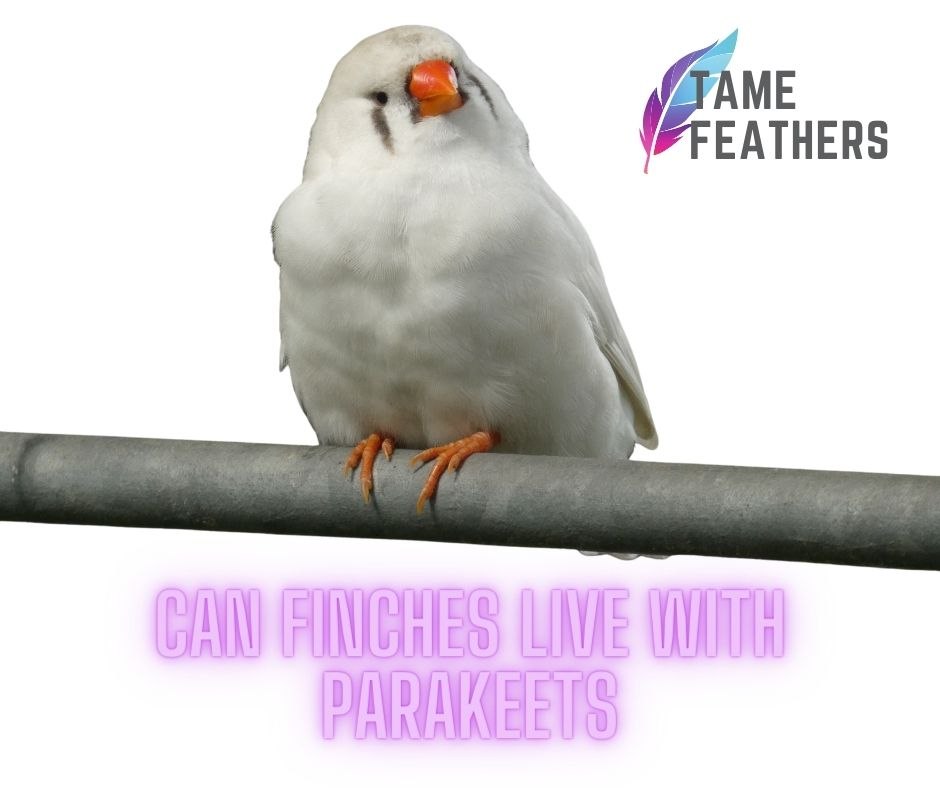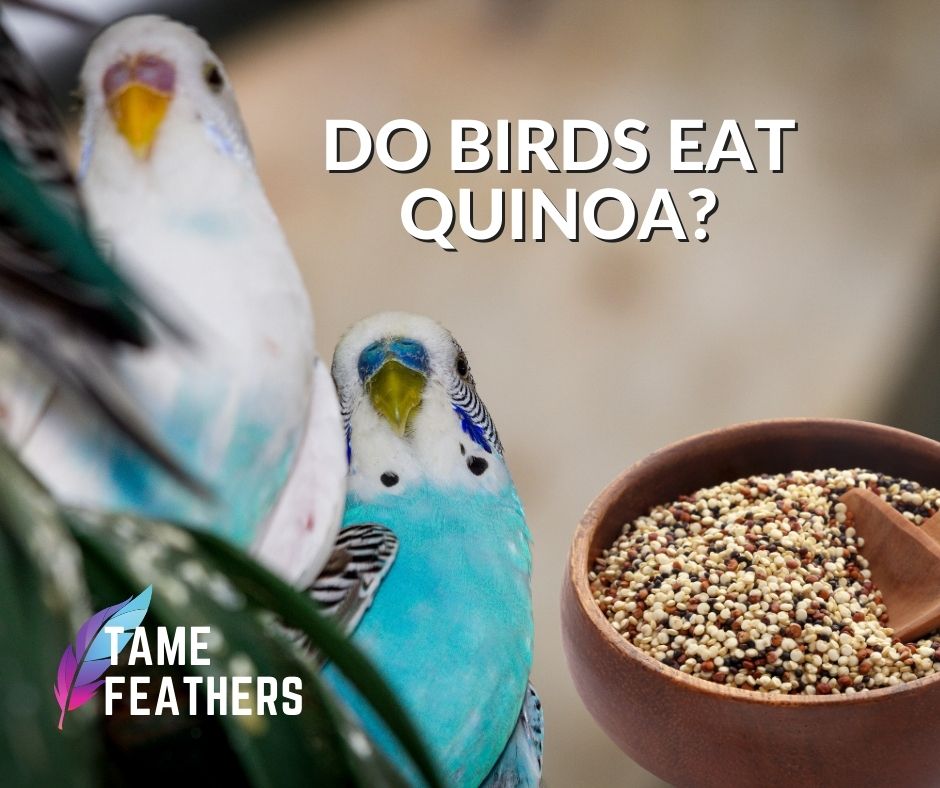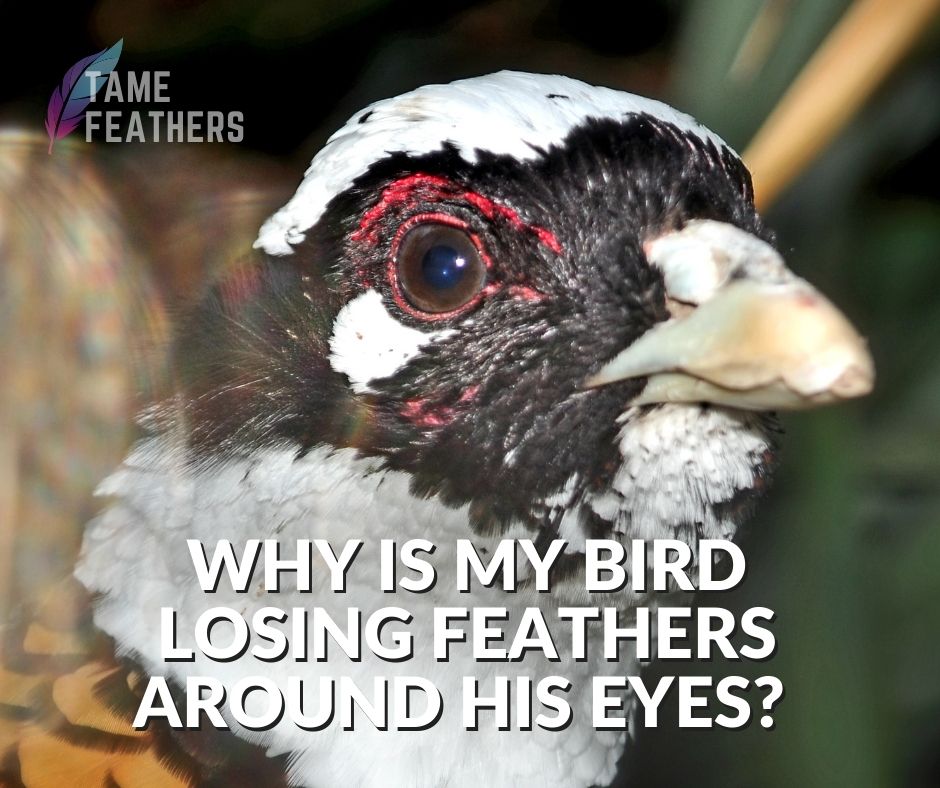What is Preening?
Parakeets commonly preen each other, which is an act of bird grooming.It involves the parakeet using its beak to carefully remove dirt and debris from the feathers of its companion.
This behavior helps keep their wings, head and body clean as well as aiding them in maintaining their wing’s flighty shape.
Additionally, it may help promote good hygiene by keeping bacteria or parasites away from both birds.
Preening, also known as “allopreening” among avian scientists, can involve either one partner taking care of another or mutual preening with both partners engaged in the process simultaneously.
The act of preening also serves to strengthen the bond between two birds that are already close friends – similar to how humans hug or hold hands when they feel a strong connection towards each other.
How Does Preening Help Strengthen Bonds Between Parakeets?
The physical contact involved in preening, combined with vocalizations like chirping and whistling, increases trust between two individuals who have formed a friendship bond over time.As this exchange occurs more often, it strengthens the relationship further while helping establish familiarity and comfort levels within them too; especially if they live together for some time now! The trust that builds up allows one parakeet to show affection towards another through gentle touches such as rubbing heads together during preening sessions – something only possible when companions have reached this level in their relationship development journey! In addition to strengthening existing bonds between birds living together, preening.
also encourages new relationships because it gives timid birds an opportunity to form friendships without fear of being rejected outrightly due to shyness or lack of confidence around others; instead providing them with a safe way into socializing without having any direct contact initially until they get used to being around strangers gradually! Finally, since these interactions usually take place within sightlines (which means both parties can see what’s going on), there’s less potential for misunderstanding amongst members who may not understand language-based communication methods yet – thus fostering communication and understanding even better than before!
Why Do Parakeets Prefer Mutual Preenings?
For starters , mutual < b > preening provides many benefits compared to just one partner tending exclusively .By engaging in mutual grooming activities , parrots not only strengthen existing bonds but create new ones ; plus , it can stimulate natural behaviors such as mating rituals that might otherwise be absent due their environment ! Furthermore , while one bird cleans itself by removing excess oil from his/her feathers – which will make flying easier later on – then another bird can do same job at same time while getting cleaned themselves at no extra effort required ! Mutual preening has been observed across different types of species including macaws , cockatoos and conures ; however research suggests that budgerigars (parakeets) prefer this method most likely because it allows for greater physical contact than single-player activities would allow .
And unlike human hugs where we embrace our loved ones by wrapping our arms around their shoulders , parrots actually use all parts of their bodies including wings legs & tails during these exchanges creating even more intimacy amongst mates ! Lastly mutual preening offers convenience since neither party needs additional materials such as brushes combs etcetera – everything needed comes standard equipped so long as both participants are willing & able partake equally which makes life much simpler overall ! < h2 >Conclusion: What Does All This Mean ? Through careful analysis we know now why parakes love mutually tend eachother : Not only does it provide many health benefits like cleaning off dirt & debris from feathers but also helps build stronger ties when done regularly .
Furthermore regular brushing activity stimulates nesting habits like those seen wild environments giving rise memorable experiences shared between pairs .
Finally since no special tools necessary aside willingness everyone involved making whole ordeal easy convenient efficient too !





